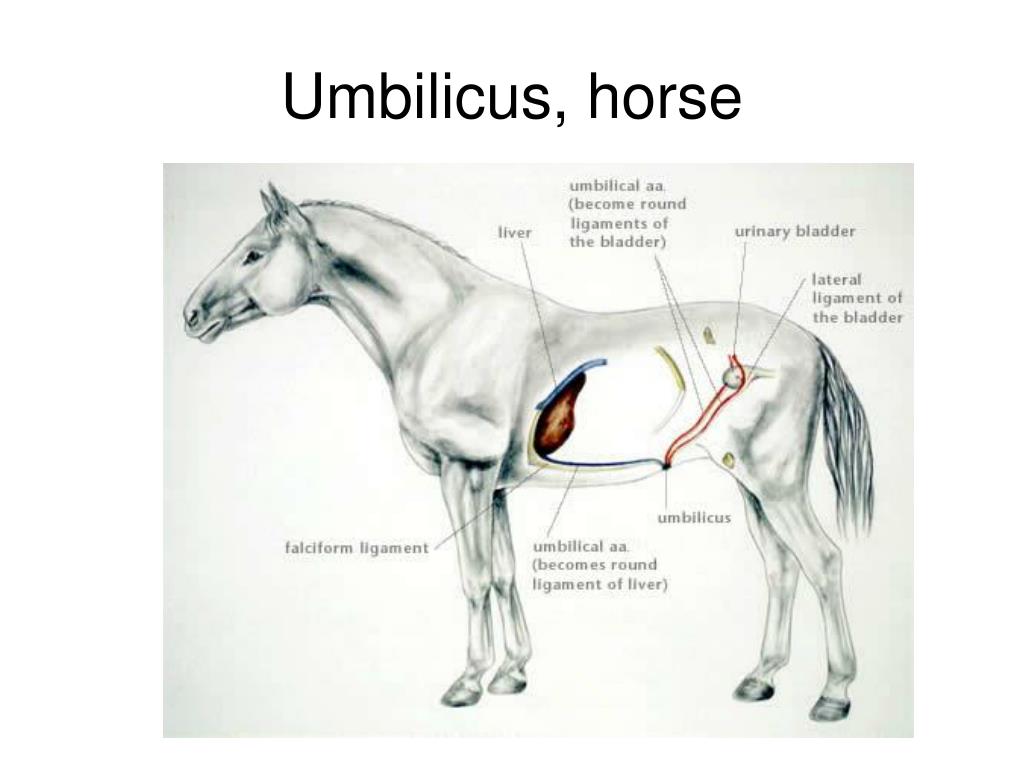

This is caused by an impaction of food material (water, grass, hay, grain) at a part of the large bowel known as the pelvic flexure of the left colon where the intestine takes a 180 degree turn and narrows. Clustered intranuclear inclusions resembling the cytoplasmic granules are also observed by electron microscopy in the principal cells as elsewhere in the horse colon. Colic in horses is defined as abdominal pain.

the pelvic flexure and between the right dorsal colon and transverse colon. The mucosa histologically resembles that of the ventral and dorsal colon, with apically-granulated principal cells and goblet cells lining the luminal surface. Approximately 4 horses have a colic episode in a year, with a fatality rate. Contractile activity, vasoactive intestinal peptide (VIP) and neurokinins-1 and -3 are all enhanced in the pelvic flexure. Pelvic flexure enterotomies are commonly performed in horses presenting for large colon obstruction, as well as occasionally for adjunctive evacuation of large colon ingesta secondary to other gastrointestinal conditions (16). Neuronal and ganglion density of the myenteric plexus is increased at the pelvic flexure and adjacent left dorsal colon pacemaker region. The pelvic flexure is the midpoint of the equine large colon that marks the junction of dorsal and ventral components. Its narrow lumen may contribute to colonic impaction, and malfunctions of the pacemaker may contribute to volvuli and colonic displacements. The pelvic flexure and transverse colon regions are anatomically predisposed to obstruction because of the dramatic changes in size. The pelvic flexure also contributes to the pathophysiology of colic, the leading cause of death in horses. It is not significant directly in digestive and absorptive processes but plays an important functional role in regulating colonic aboral and retropropulsive transit of digesta through its motility pacemaker activity. The colonic pelvic flexure is a short and narrow loop connecting the left ventral and left dorsal colon. Most of this activity occurs in the large intestinal compartments, i.e., cecum, right and left ventral colon and left and right dorsal colon. in the section known as the left ventral or the pelvic flexure area. posing the horse to functional abnormalities such as colonic impaction. Impaction colic in horses is the result of a blockage in the intestinal tract. The hindgut is the major site in the horse for nutrient digestion and absorption. orad to the pelvic flexure or the transverse colon.


 0 kommentar(er)
0 kommentar(er)
